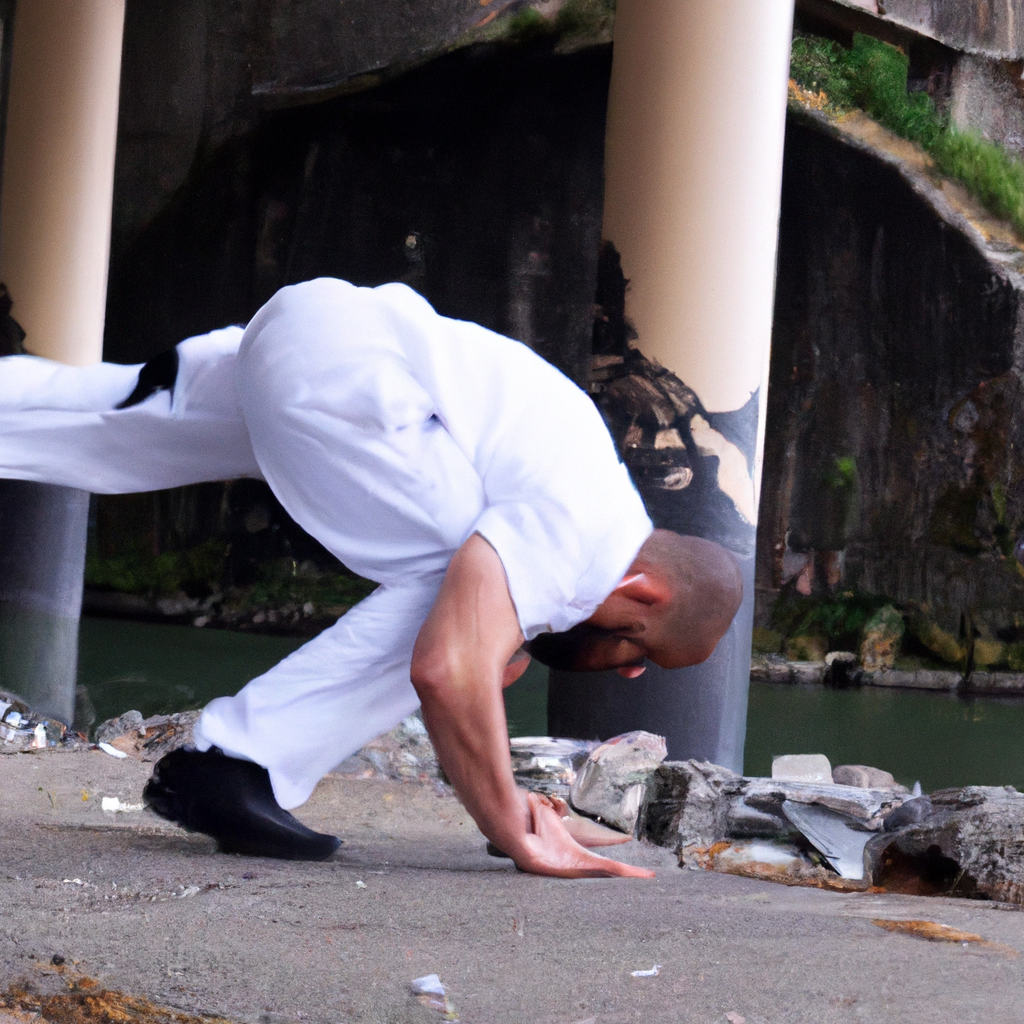Capoeira is a unique and fascinating martial art with a rich history and cultural significance. It originated in Brazil during the slave trade era and has since evolved into a distinct form of expression that incorporates music, dance, and acrobatics. In this article, we will explore the history and cultural significance of Capoeira, including its origins, music, dance, martial art, and traditions.
Capoeira History
Capoeira has a complex and controversial history that is closely tied to Brazil’s slave trade. It is believed to have originated in the 16th century when African slaves were brought to Brazil and forced to work on plantations. The slaves were prohibited from practicing their own martial arts, so they disguised their movements in the form of dance. This allowed them to train without being detected by their masters.
Over time, Capoeira evolved into a form of self-defense and rebellion against slavery. The slaves would use Capoeira to defend themselves against their masters and plan uprisings. In response, the Brazilian government outlawed Capoeira in 1890, making it illegal to practice or teach. This ban was lifted in the 1930s, and Capoeira began to gain popularity as a cultural art form.
Cultural Significance of Capoeira
Capoeira is more than just a martial art; it is a cultural expression that reflects the history and identity of Brazil. It is a symbol of resistance against oppression and a celebration of African culture. Capoeira is deeply rooted in Brazilian history, and it has become an important part of the country’s heritage.
Capoeira Origins
Capoeira’s exact origins are difficult to trace, but it is believed to have developed from several African martial arts, including Angola, Congo, and Mozambique. The movements of Capoeira are fluid and graceful, with a focus on evasion and agility. It incorporates kicks, sweeps, and acrobatics, making it a unique and dynamic martial art.
Capoeira Music
Music plays an essential role in Capoeira, providing rhythm and energy to the movements. Capoeira music is based on traditional African and Brazilian instruments, including the berimbau, atabaque, and pandeiro. The music sets the pace for the game, and the players must respond to its rhythm and energy.
Capoeira Dance
Capoeira is often described as a dance because of its fluid movements and graceful transitions. The players move in a circular fashion, mimicking the movements of a roda, or circle. They must be constantly aware of their surroundings and their opponent’s movements, making Capoeira a highly strategic and dynamic art form.
Capoeira Martial Art
Capoeira is first and foremost a martial art, with a focus on self-defense and agility. Its movements are designed to be efficient and effective, allowing the player to defend themselves against an opponent quickly. Capoeira’s acrobatic movements also make it an impressive and visually stunning martial art.
Capoeira Brazil
Capoeira is deeply ingrained in Brazilian culture, and it has become an important part of the country’s identity. It is celebrated during festivals, competitions, and cultural events, and it has gained recognition as a UNESCO Intangible Cultural Heritage of Humanity. Capoeira has also spread beyond Brazil, with schools and practitioners all around the world.
Capoeira Traditions
Capoeira has a rich tradition and culture that is passed down from generation to generation. The art form is steeped in African and Brazilian history, and it has evolved over time to reflect the changing cultural landscape. Many Capoeira schools and groups have their own unique traditions and rituals, adding to the richness and diversity of the art form.
In conclusion, Capoeira is a unique and fascinating martial art with a rich history and cultural significance. It reflects the history and identity of Brazil, and it has become an important part of the country’s heritage. Capoeira is not just a martial art; it is a cultural expression that celebrates African culture and resistance against oppression. Its movements are fluid and graceful, incorporating music, dance, and acrobatics. Capoeira has a rich tradition and culture that is passed down from generation to generation, making it a truly unique and remarkable art form.







